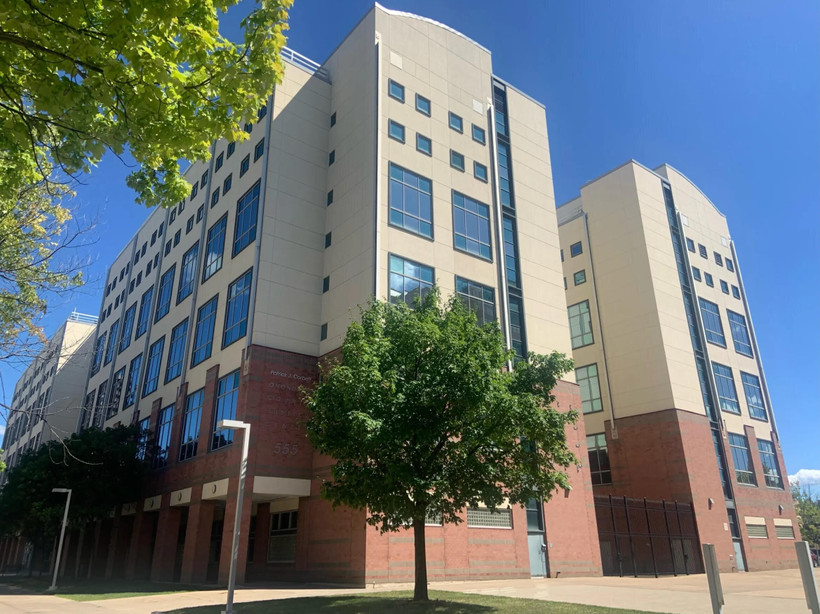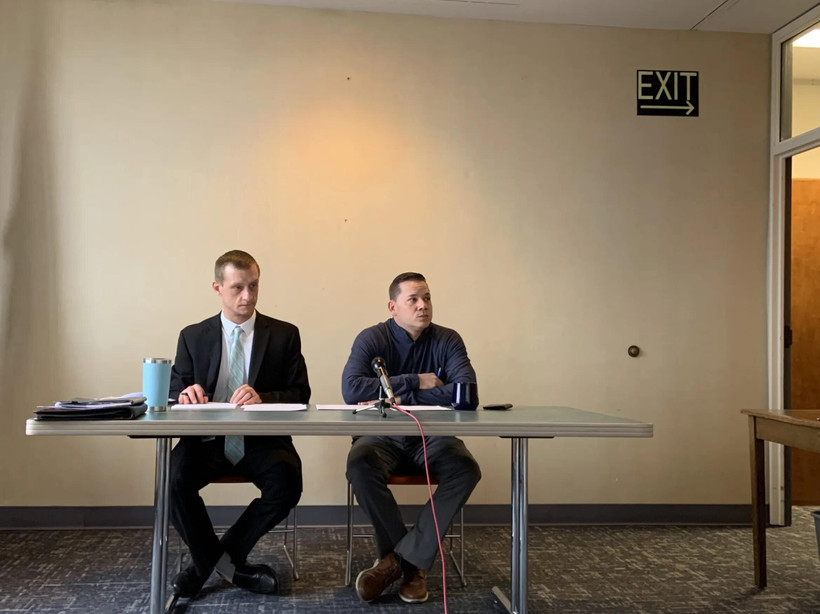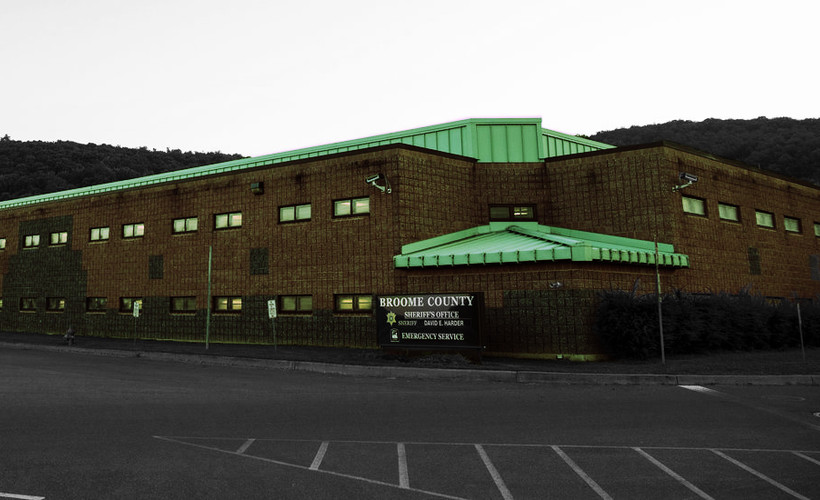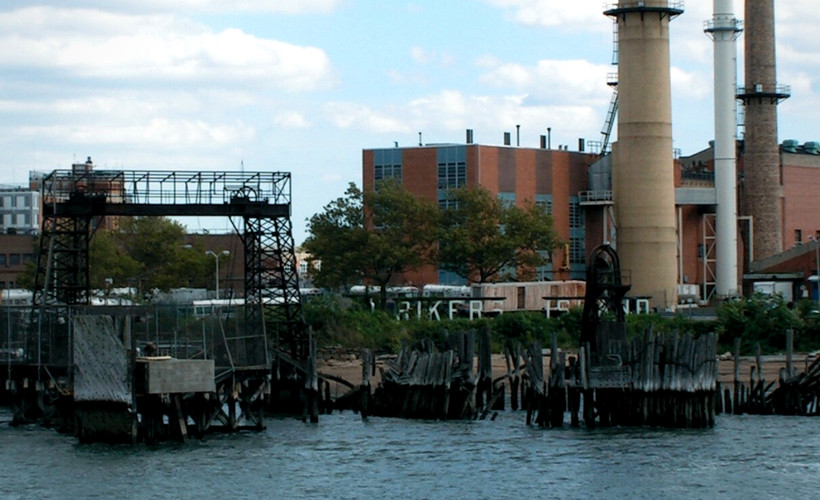How Not to Close a Jail
A surprise plan to shutter a jail in Syracuse’s Onondaga County spurred a chaotic political skirmish — and left local incarcerated people in the lurch.

This story was published in partnership with Central Current, a nonprofit newsroom covering Central New York. Sign up for their newsletter here.
This investigation was supported with funding from the Data-Driven Reporting Project. The Data-Driven Reporting Project is funded by the Google News Initiative in partnership with Northwestern University’s Medill School of Journalism.
This story was published in partnership with Central Current, a nonprofit newsroom covering Central New York. Sign up for their newsletter here.
This investigation was supported with funding from the Data-Driven Reporting Project. The Data-Driven Reporting Project is funded by the Google News Initiative in partnership with Northwestern University’s Medill School of Journalism.
There have been at least six deaths at the Justice Center over the past two years — nearly six times Rikers Island’s death rate.

“It’s a dumb idea.”
New York Focus obtained SCOC reports from Onondaga County via a Freedom of Information Law appeal. Known as "minimum standards evaluations," the reports are the main mechanism by which SCOC reviews jails' compliance with state corrections regulations.
The reports, spanning 2019 to 2023, can be read in full here.
“I don’t even know what you’re talking about.”

Eliza Fawcett contributed research.







